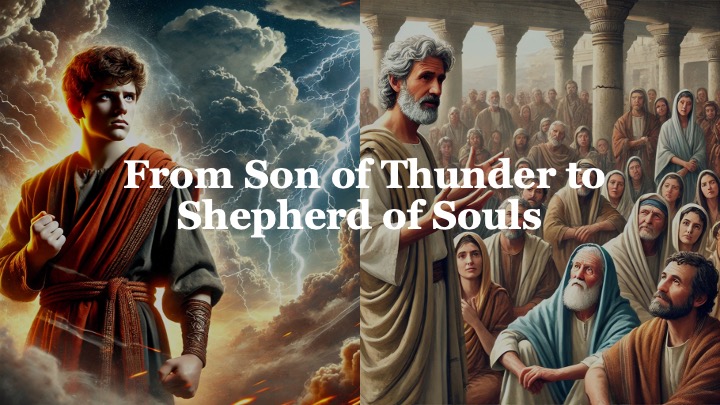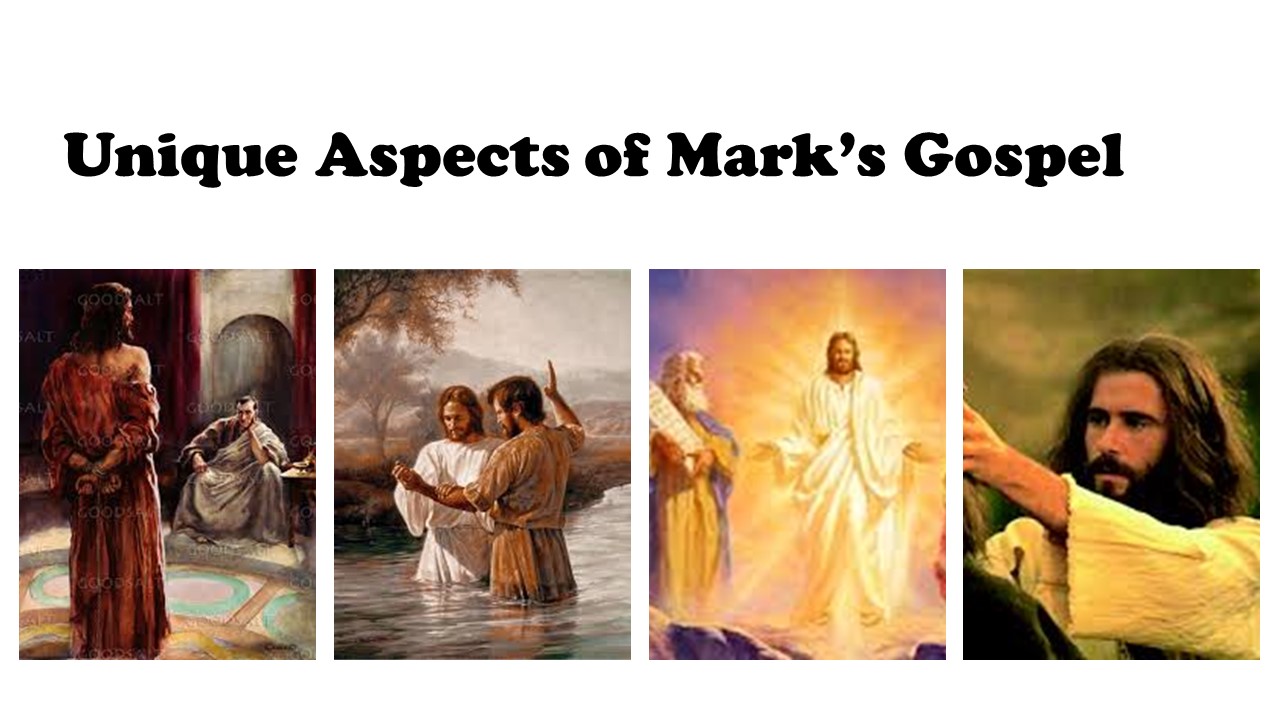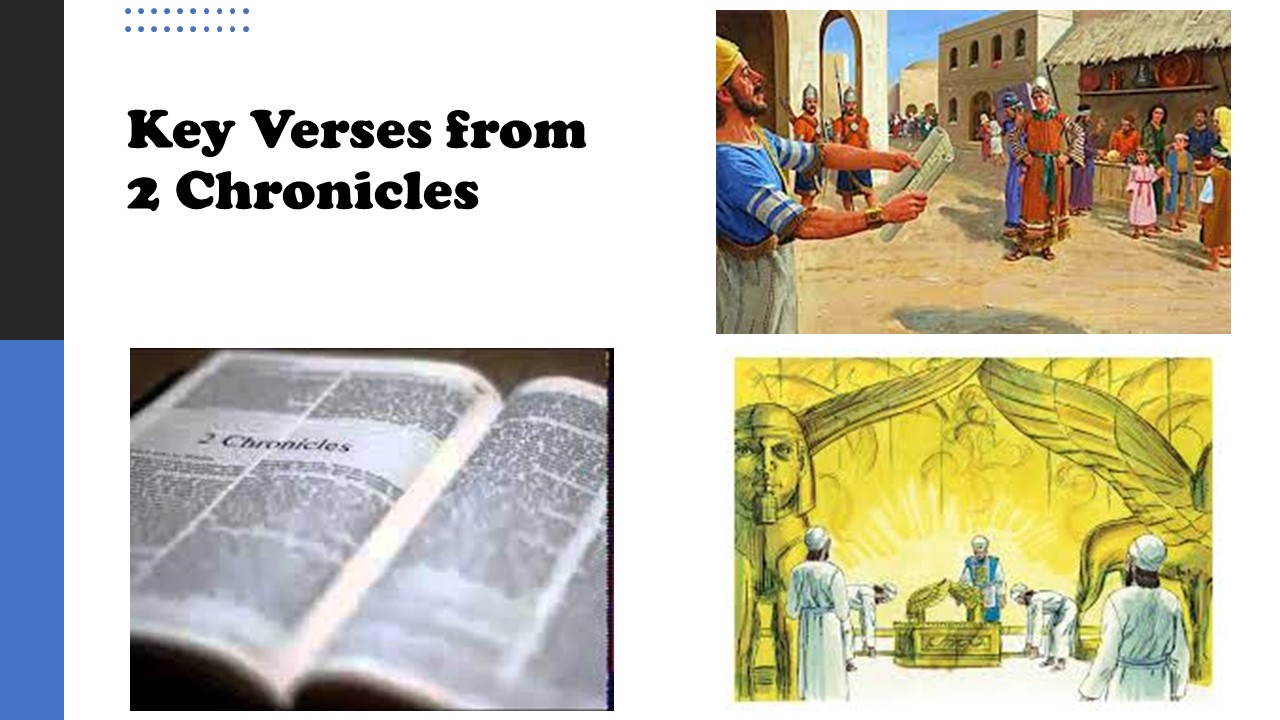The Gospel of Matthew offers a unique perspective on Jesus, highlighting his fulfillment of Jewish prophecies and his role as the Messiah. It begins by tracing Jesus' lineage back to David and Abraham, establishing his royal heritage. Matthew alone recounts the visit of the Magi, demonstrating Jesus' recognition as king even by Gentiles. The flight to Egypt and return parallels the story of Moses, further reinforcing Jesus' special status.
Matthew's Gospel provides the most comprehensive account of Jesus' teachings, particularly the Sermon on the Mount, which presents Jesus as a teacher of a new law that fulfills the Old Testament. He also uniquely details Jesus' instructions on the church and its governance.
Matthew includes two parables not found in other Gospels: the Parable of the Workers in the Vineyard, emphasizing God's grace and generosity, and the Parable of the Ten Virgins, warning about the importance of spiritual preparedness. Additionally, Matthew's version of the Great Commission is the most explicit, highlighting the global mission of the disciples.
The Gospel concludes with a unique depiction of the final judgment, where Jesus separates people based on their acts of mercy, and with the powerful declaration of Jesus as Emmanuel, "God with us." These unique elements collectively create a distinct portrait of Jesus in Matthew's Gospel, highlighting his messianic identity, his teachings, and his fulfillment of prophecy.

The Apostle John, once known for his fiery zeal, became a living example of the self-sacrificing love he preached throughout his writings. Through stories...

Mark's Gospel stands out from the other Gospels in several ways. It opens abruptly with Jesus' baptism and ends with a cliffhanger, omitting the...

What are some verses in 2 Chronicles on which we ought to meditate? Scriptures referenced include Psalm 51; 2 Peter 3:9; and more than...